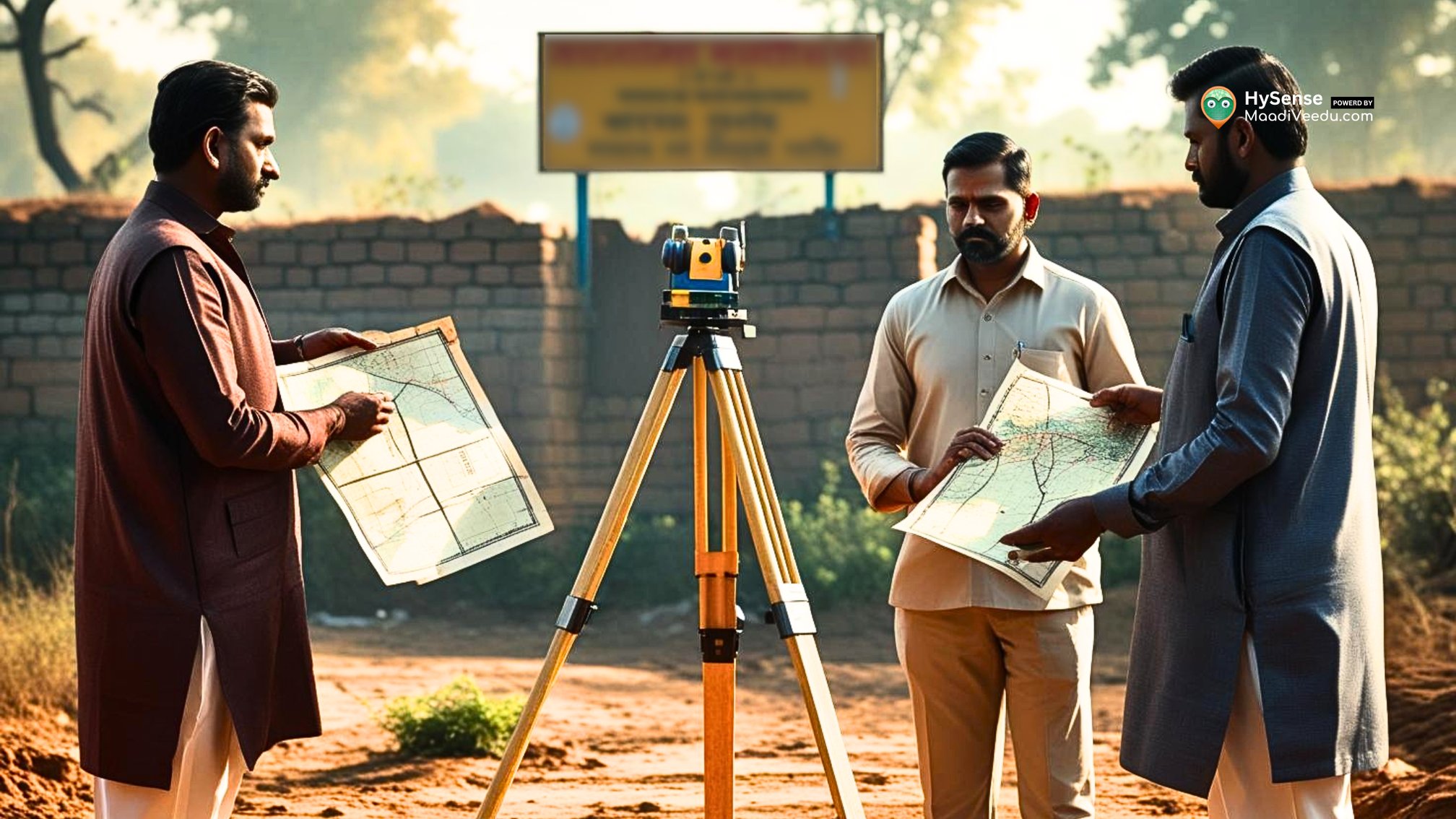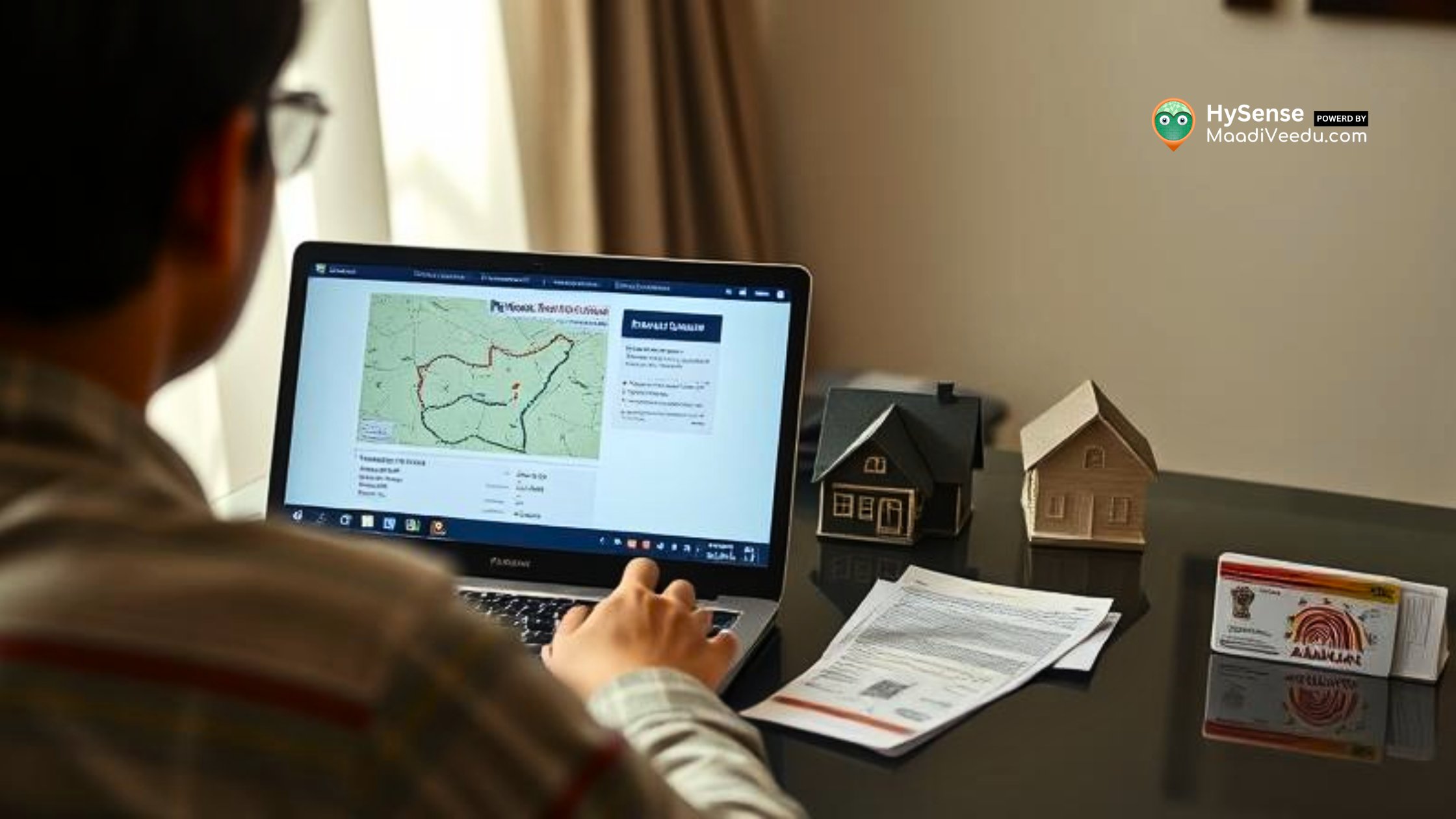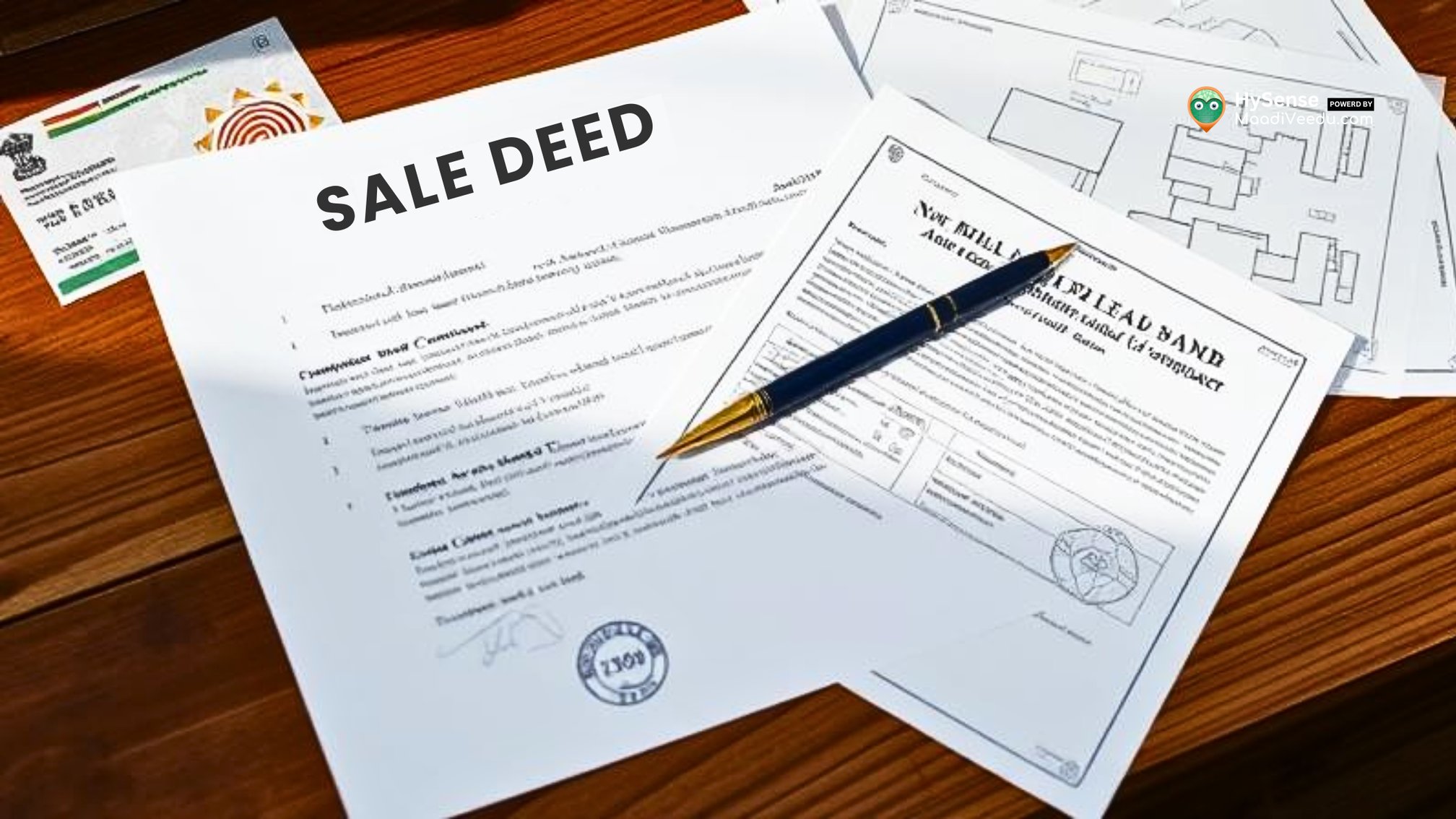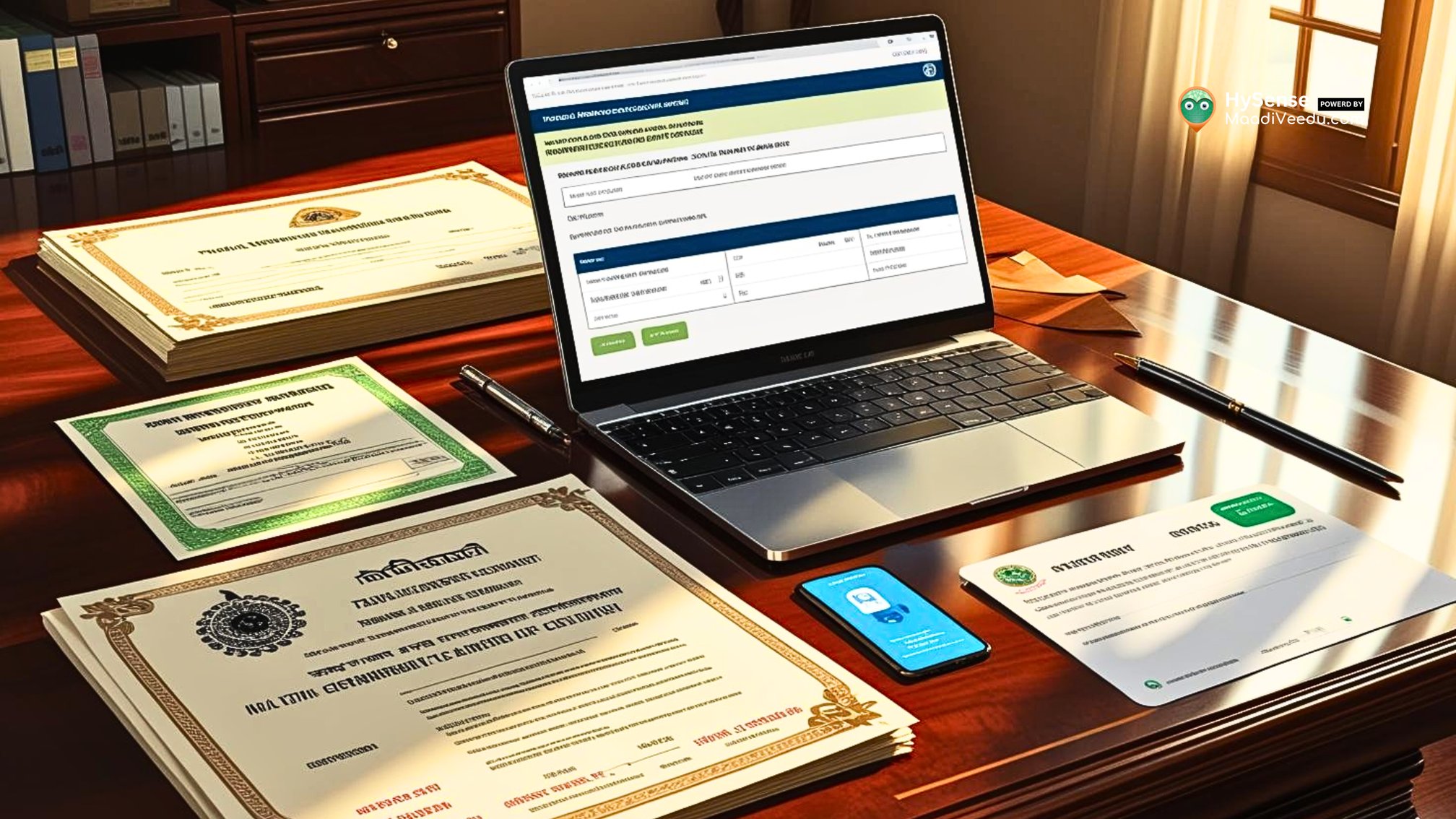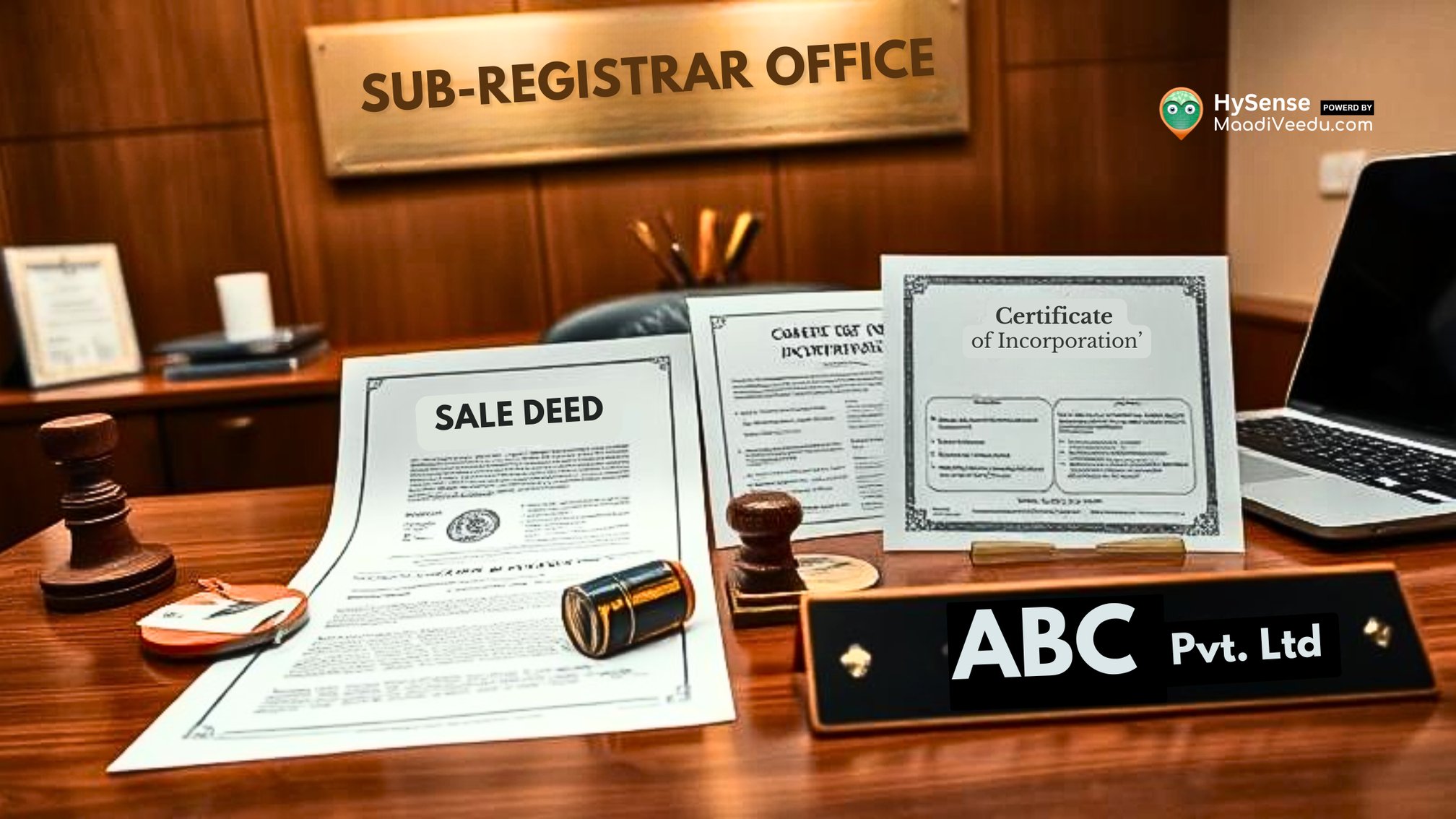Building Design Tips: 7 Powerful Secrets to Successful Planning
Explore 7 key building design tips for successful planning, focusing on functionality, budget management, and quality for your project.

Table of Contents
When it comes to building design, the process goes far beyond simply sketching blueprints; it encompasses a careful blend of creativity, practicality, and strategic foresight. Whether you are embarking on a brand-new construction or a renovation project, mastering building design principles and implementing effective strategies is vital.
In this detailed guide, we will unveil 7 Essential Strategies for Effective Planning that will help you realize your vision while ensuring efficiency and cost-effectiveness.
1. Establish Clear Goals: The Cornerstone of Successful Building Planning
The journey of any construction project begins with a clear understanding of your objectives. This crucial initial step shapes the entire design and construction process. To kick off, consider these guiding questions:
- What is the primary function of the building?
- Who will occupy the space, and what are their specific needs?
- What budgetary limits do you have?
- What is your desired timeline for completion?
Defining clear goals allows you to create a focused vision and ensures that all subsequent decisions align with these objectives. By grasping your priorities and constraints, you can sidestep common challenges and streamline your planning efforts.
2. Involve Professionals Early: Harnessing Expert Architectural Advice
One of the most impactful tips for building design is to collaborate with professionals from the outset. This includes architects, engineers, and construction managers who provide invaluable insights and expertise.
Expert architectural advice emphasizes the necessity of engaging these specialists early in the project. They can help you turn your vision into actionable designs, foresee potential challenges, and ensure compliance with local regulations and building codes. Involving experts from the beginning can also help you avoid expensive modifications and delays later in the project timeline.
3. Prioritize Functionality: Fundamental Principles of Effective Building Design
While aesthetics are important, the design of a building must prioritize functionality. When applying best practices in building design, consider the following core principles to ensure the space is practical and serves its intended purpose:
- Space Utilization: Maximize the layout to enhance usability and improve the flow of movement.
- Accessibility: Design the space to be usable for everyone, including individuals with disabilities.
- Sustainability: Incorporate eco-friendly materials and energy-efficient systems to reduce environmental impact.
Choosing the right building material plays a major role in overall functionality. For a deeper look at material selection, read our blog on Best Block for Building: 6 Powerful Choices for Better Construction.
Focusing on functionality not only improves the user experience but also contributes to the long-term viability of the building.
4. Create a Comprehensive Design Plan: Key Elements of Effective Design
A well-structured design plan is essential for successful building design and serves as the foundation for the entire project. This plan should encompass detailed architectural drawings, structural designs, and a clearly defined project timeline. especially if you're working with design-ready property options that align with your vision.
Key elements of an effective design plan include:
- Conceptual Design: Initial sketches that capture your overarching vision.
- Schematic Design: Detailed diagrams that incorporate dimensions and spatial layouts.
- Design Development: A refinement phase for design elements and material selection.
- Construction Documents: Finalized drawings and specifications that guide the construction process.
Developing a comprehensive design plan allows you to visualize the final outcome, identify potential obstacles early on, and keep all stakeholders aligned.
5. Prioritize Budget Management: The Key to Project Success
Effective budget management is crucial for the success of any building project. Implementing cost control measures from the outset can help prevent financial overruns and keep your project within budget. Here are some budget management strategies to consider:
- Detailed Cost Estimation: Create a thorough cost estimate that encompasses all project aspects, including materials, labour, and contingency funds.
- Ongoing Monitoring: Keep a close watch on expenses throughout the project and regularly compare them against your budget.
- Value Engineering: Investigate cost-effective alternatives that do not compromise quality.
By maintaining a clear understanding of your financial limits and managing your budget diligently, you can achieve a successful and cost-efficient project.
6. Implement Risk Management Strategies: Safeguarding Your Construction Plans
Risk management is a critical component of effective construction planning. Identifying potential risks and developing strategies to mitigate them can help prevent disruptions and ensure project continuity. Consider these risk management practices:
- Risk Assessment: Identify potential risks such as delays, cost overruns, and design issues.
- Contingency Planning: Formulate contingency plans to address potential challenges.
- Insurance: Obtain the appropriate insurance coverage to protect against unforeseen circumstances.
Effective risk management safeguards your project from potential setbacks, contributing to its overall success.
7. Emphasize Quality Assurance: Ensuring Excellence in Design and Construction
Quality assurance is crucial for achieving high standards in design and construction. By implementing rigorous quality control measures throughout the project, you ensure that the final result meets your expectations and adheres to industry benchmarks.
Key quality assurance practices include:
- Regular Inspections: Conduct periodic site inspections to monitor progress and uphold quality standards.
- Material Testing: Ensure that all materials meet the required specifications through testing.
- Final Review: Perform a comprehensive review of the completed project to ensure all elements are up to standard.
By prioritizing quality assurance, you enhance the durability, functionality, and overall success of your building project.
Conclusion
Incorporating these essential building design strategies into your planning process can significantly improve the success of your project. From defining clear goals and collaborating with experts to prioritizing functionality and managing budgets, every aspect is crucial in realizing your vision. Embrace these powerful strategies for effective building planning to create a space that is not only visually appealing but also practical and efficient.
Frequently Asked Questions (FAQ)
1. Why is it important to set clear goals before designing a building?
Setting clear goals ensures that your design aligns with the purpose, user needs, and available budget. It lays the foundation for every decision made during the planning and construction phases.
2. When should I involve an architect in my building project?
It’s best to involve architects and engineers right at the beginning of the project. Early professional input helps identify challenges, streamline the design, and ensure compliance with regulations.
3. How can I make sure my building design is functional?
Prioritize space efficiency, accessibility, and sustainability. Think practically about how the building will be used daily and design accordingly.
4. What is the difference between schematic design and design development?
Schematic design outlines the general layout and spatial arrangements. Design development refines these ideas by selecting materials and finalising dimensions, getting closer to a buildable solution.
5. How can I manage my construction budget effectively?
Start with a detailed cost estimate, monitor expenses regularly, and use value engineering methods to find cost-effective solutions without compromising on quality.
6. What kind of risks should I plan for during a building project?
Common risks include delays, budget overruns, material shortages, and design flaws. Planning for these early with backup strategies can prevent costly disruptions.
7. What does quality assurance involve in a construction project?
It involves regular site checks, testing building materials, and reviewing the finished structure to ensure it meets design and safety standards.

